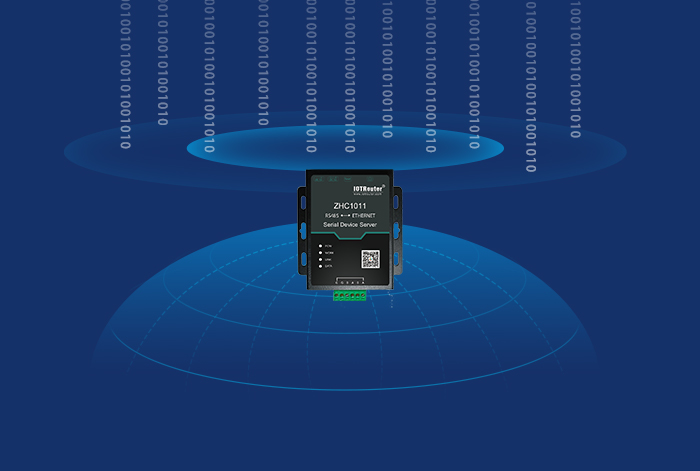Network architectures such as Ethernet Internet have gradually been widely adopted in the automation industry, replacing traditional serial communication and becoming the mainstream of automation system communication.
What is an Ethernet device
The Ethernet device is a data transmission terminal that converts the RS482/232 serial port into a TCP/IP network interface and realizes bidirectional transparent transmission of statistical data between the RS482/232 serial port and the TCP/IP network interface.


The longest transmission distance of the 485 bus used by serial devices does not exceed 1200 meters. In order to allow these devices to transmit data further, it is necessary to access an Ethernet device so that the serial device immediately has the TCP/IP network interface function. Through the Internet The network performs data communication, and the data of the serial device can be accessed anywhere there is an Internet network.
What is the function of Ethernet equipment?
Ethernet devices can function in several working modes such as local area network, Internet, external network address, and cross-gateway IP. Not only can it communicate internally, but it can also perform real-time monitoring, networking and other functions in two different cities. It is a reliable choice for use in conjunction with industrial Ethernet switches. The Ethernet device does not need to change the parameters of the device when connecting. It operates intelligently. According to different application requirements, parameters such as gateway IP and port can be configured. The user does not need to change the existing device parameters. It is truly Plug and play.
In terms of transmission methods, you can choose TCP Server, TCP Client, UDP Server, UDP Client, Socket, virtual serial port, etc. The upper computer and the lower computer can be freely converted in the application. In practical terms, it has various fault recovery mechanisms such as disconnection detection, disconnection and reconnection, and built-in watchdog.
For industrial safety, magnetic couples or optical protection, embedded national standard electrical systems, advanced safety protection integrated IC, lightning protection, single pulse, and electromagnetic induction protection are used. The device can be used alone or in pairs, supporting point-to-point and point-to-multipoint bidirectional transparent transmission without changing the original protocol data format.
How Ethernet devices work
1. TCP/IP Server method
The Ethernet device records the TCP/IP port number and waits for a connection, which can be a computer or other embedded computer device.
2. TCP/IP Client method
The Ethernet device connects to the specific remote control server TCP/IP port number according to the settings.